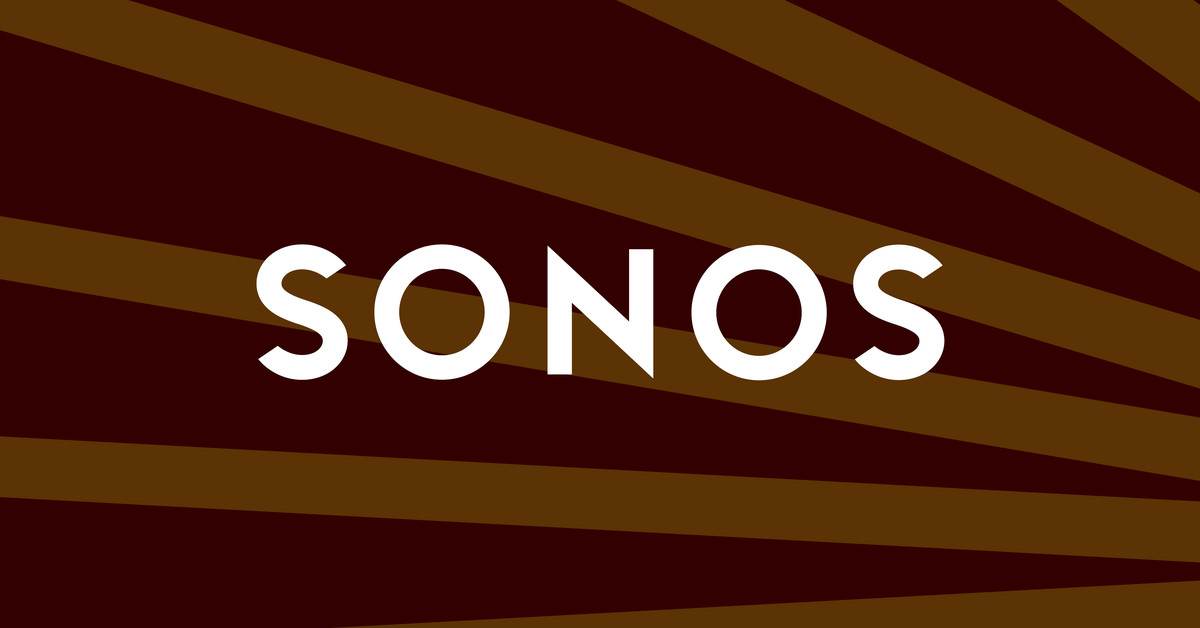After its foray into headphones, the next major new product category from Sonos is rumored to be a video streaming box similar to a Roku, Amazon Fire TV, or Apple TV. Such a device has been rumored for ages now, with Bloomberg previously reporting that its price is expected to fall between $150 and $200. And today we got confirmation (or at least something close to it) that the Sonos streamer will run an operating system built by The Trade Desk, a digital advertising business.
Janko Roettgers first reported on a partnership between the two back in September, noting that The Trade Desk is “supplying Sonos with the core smart TV OS, and facilitating deals with app publishers, while Sonos is designing its own hardware, and customizing the user interface.” Considering the rocky last several months that Sonos has endured — through a mess of its own making — this Trade Desk arrangement sounds like yet another reason for customers to be wary about the company’s current trajectory.
You can watch this video, but you won’t learn much from it.
The Trade Desk declined to share any images of its newly-announced Ventura operating system with The Verge. If hardware partners have free reign to customize it, maybe that’s why there’s nothing to showcase right now. But the company’s press release covers some of Ventura’s goals, and here’s the most relevant portion:
Ventura represents a major advance in streaming TV operating systems as it solves key issues with prevailing market systems today, including frustrating user experiences, inefficient advertising supply chains, and content conflicts-of-interest.
The major benefits of Ventura include:
– A more intuitive, engaging user experience, including cross-platform content discovery, personalization, subscription management, and ultimately fewer (more relevant) ads.
– A much cleaner supply chain for streaming TV advertising, minimizing supply chain hops and costs – ensuring maximum ROI for every advertising dollar and optimized yield for publishers.
– Incorporating advances such as OpenPath and Unified ID 2.0 (UID2), Ventura will enable advertisers to value and price ad impressions across all streaming platforms more accurately, while finding relevant audiences with greater precision.
That first bullet point will come off as somewhat misleading to my fellow home theater enthusiasts. Why? Every major TV platform has already made cross-platform content discovery a priority to some degree. Most of them can already bill you in one place for subscriptions from different entertainment apps. This is well-trodden ground.
Beyond that, you’re left with a bunch of ad-centric hype about better and more precise targeting. The Trade Desk’s founder and CEO says it’s also very critical that the company has the “objectivity of not owning any streaming TV content.” Okay, sure. None of that tells us what this software can offer consumers to stand out from a handful of entrenched heavyweights. What does an ad firm know about developing an engaging living room operating system?
I’ve scratched my head for months, wondering what the potential killer app of a Sonos set-top box might be, and I still can’t come up with one. Throwing a Sonos hub onto the TV screen probably isn’t enough. In February, Roettgers highlighted some relevant Sonos patents that depict a user experience that relies heavily on a second screen (like your phone) for interacting with the TV OS. Do people really want to do that? Some of the features in the drawings — like built-in content recommendations from specific friends, a homescreen that learns your entertainment habits, and an easy virtual co-watching feature — seem novel, but not in an “I’ll buy that instead of an Apple TV” way.
We don’t know what the must-have feature will be, but we have an idea of when we’ll likely see it. The Sonos streaming device is rumored to arrive sometime in 2025, and by then, I expect the company will still be working to rebuild momentum (and repair customer trust) after this whole app saga. The Ace headphones were immediately overshadowed by the controversy, and they still aren’t selling well; CEO Patrick Spence said “building momentum in headphones is taking longer than we had originally anticipated” during this month’s earnings call. And I maintain that they’re very nice headphones! Sonos playing in that category makes far more sense to me than releasing some also-ran TV box.
The Sonos of a year or two ago could have afforded a gamble like getting into video. But the already-reeling Sonos of late 2024 had better have something very compelling in its back pocket for this to make sense. At least it’s got the operating system part figured out. And the ad revenue side, too. Roku can tell you what a difference that makes, having just posted its first quarter of over $1 billion in net revenue. Now Sonos just needs a convincing reason for people to buy its first effort in another very saturated market — if one exists.
Read the full article here














